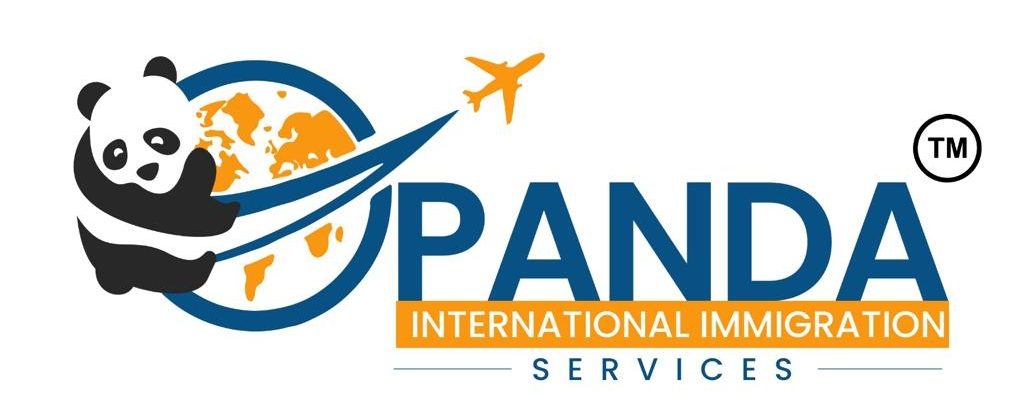These efforts are part of Saudi Arabia’s broader push to achieve its Vision 2030 goals, which emphasise innovation, skills development, and global partnerships to prepare its workforce for the future.
On the heels of the first Saudi-US Higher Education Partnerships Forum, co-organised by the Saudi Arabian Ministry of Education, the US Embassy, and IIE, and held in Riyadh,The PIE sat down with Michael Ratney, US ambassador to Saudi Arabia to explore the evolving landscape of educational collaboration between the two nations.
“There’s a decades long educational affinity between Saudi and the US,” said Ratney.
“Saudi Arabia has been sending students to the US for decades… We think there’s probably over 700,000 Saudis that have studied in the US over the years.”
Historically, much of this outbound mobility has been, and continues to be, driven by the Saudi’s government scholarship program – the King Abdullah Scholarship program. In recent years, Vision 2030 – Saudi’s national economic and social transformation program – has meant the sending of students has been more focused.
“They’ve really wanted to support students that are studying areas that contribute directly to those goals.”
This includes fields like engineering, renewable energy, healthcare, education, and emerging technologies such as artificial intelligence and cybersecurity. Additionally, Vision 2030 emphasises areas like tourism, arts, and entertainment to drive economic diversification, as well as education and leadership development to build the skills needed for a globally competitive workforce.
“Traditionally, we’ve welcomed Saudi students to the US and will continue to do that, but we think it’s time to start talking about two way educational exchange,” explained Ratney.
During the forum, a Memorandum of Understanding was signed by Ratney and Saudi’s Arabia’s education minister Yousef bin Abdullah Al-Benyan. The MoU sets out to enable American graduate students to study in Saudi Arabia for the first time, looks more widely at boosting student and faculty exchange, and lays the groundwork for collaboration in areas such as joint research.
In 2023, the government of Saudi Arabia introduced new legislation that paved the way for foreign universities to open a branch campus in the country. Not long after, it was announced that five universities were planning to establish a campus in Saudi Arabia: Arizona State University, University of Wollongong, University of Strathclyde, Royal College of Surgeons in Ireland, and IE University.
Discussions during the US delegation’s visit in November highlighted further plans for the establishment of US university branches in Saudi Arabia.
Over 40 US university leaders and around 70 Saudi university leaders, as well as government officials took part in the multi-day workshop. US delegates had the opportunity to visit Saudi universities in Jeddah, Dhahran, and Riyadh. According to Ratney, many members of the US delegation were surprised about the “substantial changes” the country has experienced over the last eight years.
“Some of them, as you might imagine, had strong preconceptions about the country, and I think for those, it was really head-turning in a way. This is a reaction that I see over and over again from folks from the US, sometimes carrying strong preconceptions about what Saudi Arabia is all about.”
Some of these changes are physical, with Saudi making significant investments in infrastructure. Others are societal, particularly in advancing opportunities for women. Vision 2030 aims to increase women’s participation across all sectors, including education.
“You see women in the workforce, in the economy and in public in a way that was unheard of ten years ago,” said Ratney.
“Women are senior executives in business and government and industry and education. If you know nothing about Saudi Arabia, you have this image of women who are marginalised in society and you come here and you see something very, very different. And the speed with which that has happened has been really remarkable.”
“To see these US schools come and actually discover Saudi for themselves reinforced the sense of a two-way partnership and that was motivating for everybody,” said Ratney.
To see these US schools come and actually discover Saudi for themselves kind of reinforced the sense of a two-way partnership
Michael Ratney, US ambassador to Saudi Arabia
The scope of Saudi Arabia’s ambition is impressive, accompanied by a clear sense of urgency, explained Ratney.
“The [Saudi] leadership wants a country that can thrive and survive in a post-fossil fuel era. Nobody knows exactly when that’s going to come… So they need a competitive education system. They need a diverse economy. They need a healthy, happy, engaged workforce. I think a lot of these schools saw opportunities to go beyond just encouraging students to study in the US. These are opportunities to start embarking on joint ventures with Saudi universities.”
Ratney’s advice to institutions looking to engage with Saudi Arabia: visit the country, experience its renowned hospitality, and witness firsthand the rapid transformations shaping its future.
For more information on how your institution can establish educational partnerships in Saudi Arabia, please contact, EduRiyadh@state.gov.
The post Saudi-US partnerships set to power Vision 2030 Goals appeared first on The PIE News.

